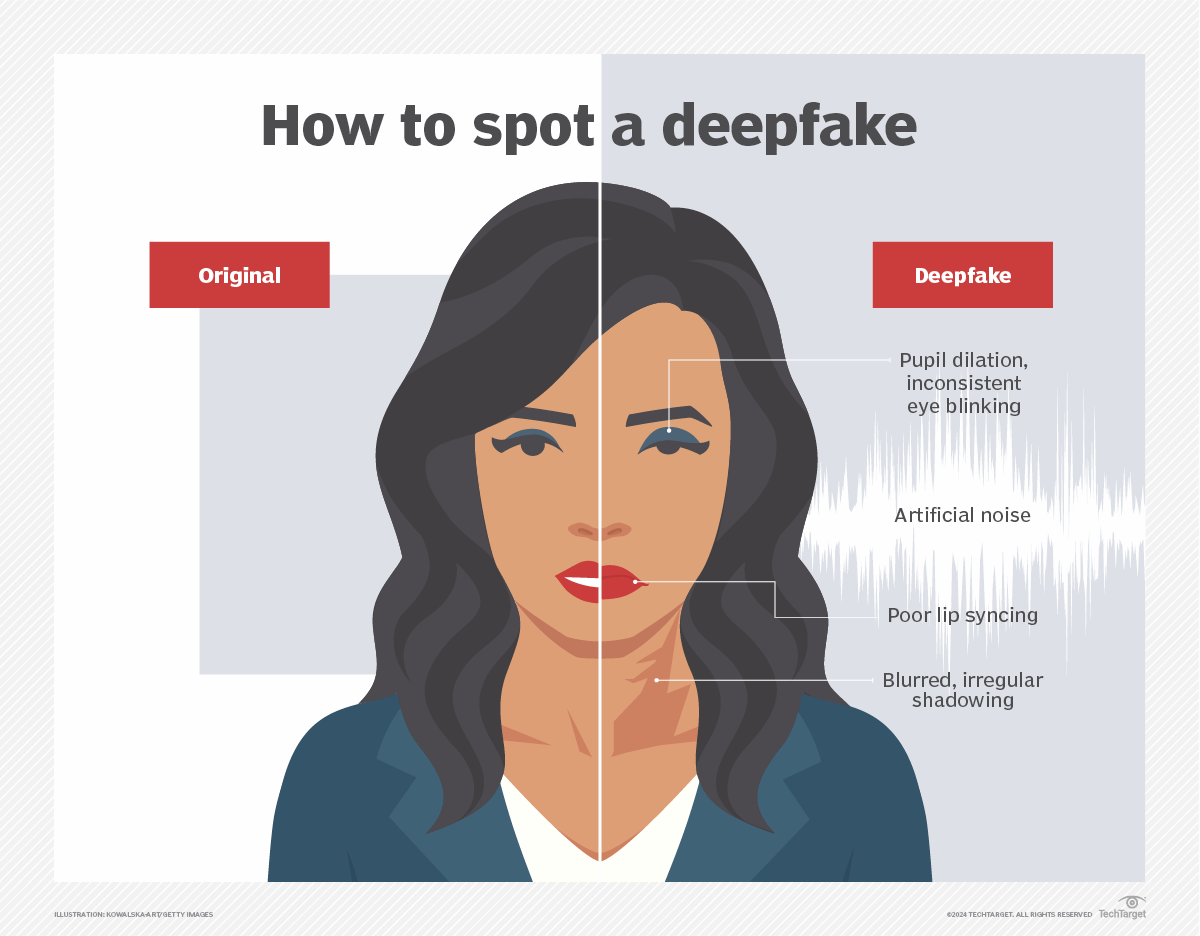What are Deepfakes?
Deepfakes are images and videos that can be created by artificial intelligence to replicate a real person. This media content is often used either for comedic purposes or to intentionally deceive viewers. To the untrained eye, both of these scenarios can be detrimental because you may not realize that it is not real. Deepfakes are made up of generative adversarial networks(GANs) that have two distinct parts, a generator and a discriminator. The generator creates the realistic images and videos, while the discriminator analyzes how convincing the image or video is. The cycle continues until the image/video is incredibly convincing. The scary part is that if your face has ever appeared on the internet, AI can find it and generate images or videos of you doing things. Since it is nearly impossible to prevent your face from being on the internet, it is best to focus on how to recognize a deepfake. For this reason, it is essential that when watching videos you do so with the assumption that the video may be deepfaked.
How to Identify Deepfakes
Although there are sometimes visual cues that will indicate that a video is deepfaked unfortunately, artificial intelligence is only becoming more advanced so it is becoming more and more difficult to identify and detect over time. For this reason, I would not recommend relying solely on visual cues to find if a video is a deepfake, however, if you happen to find one that doesn’t match with reality then it can be a good indicator that the video is deepfaked. Some visual cues are unnatural blinking, lack of blinking, inconsistent lighting, lip movement and words not matching, and lack of symmetry in the face.
Other than visual cues, I recommend checking the source of your content and judging its reputation accordingly. If it is not a reputable source, be more skeptical of the video. I would also advise you to pay attention to the context of the video and ask yourself if the video makes sense. Another point is if the deepfake video is important enough to be newsworthy, I would recommend seeing if it is also present among reputable news sources. Another way to check is by doing a reverse image search to check if the image is used somewhere else with a different context.
Countermeasures
There are some pieces of technology that can be used to automatically detect whether the video or image is fake or has been tampered with. These include a variety of tools such as Microsoft Video Authenticator, which is a Microsoft extension that analyzes images for external manipulation. There is Deepware Scanner, which specifically detects deepfakes in videos. Another useful tool is Hive Moderation, which is an provides AI-powered deepfake detection for many different media platforms. Lastly, the most simple to use, is Google Reverse Image, which reverse searches an image to find if it is used elsewhere.

